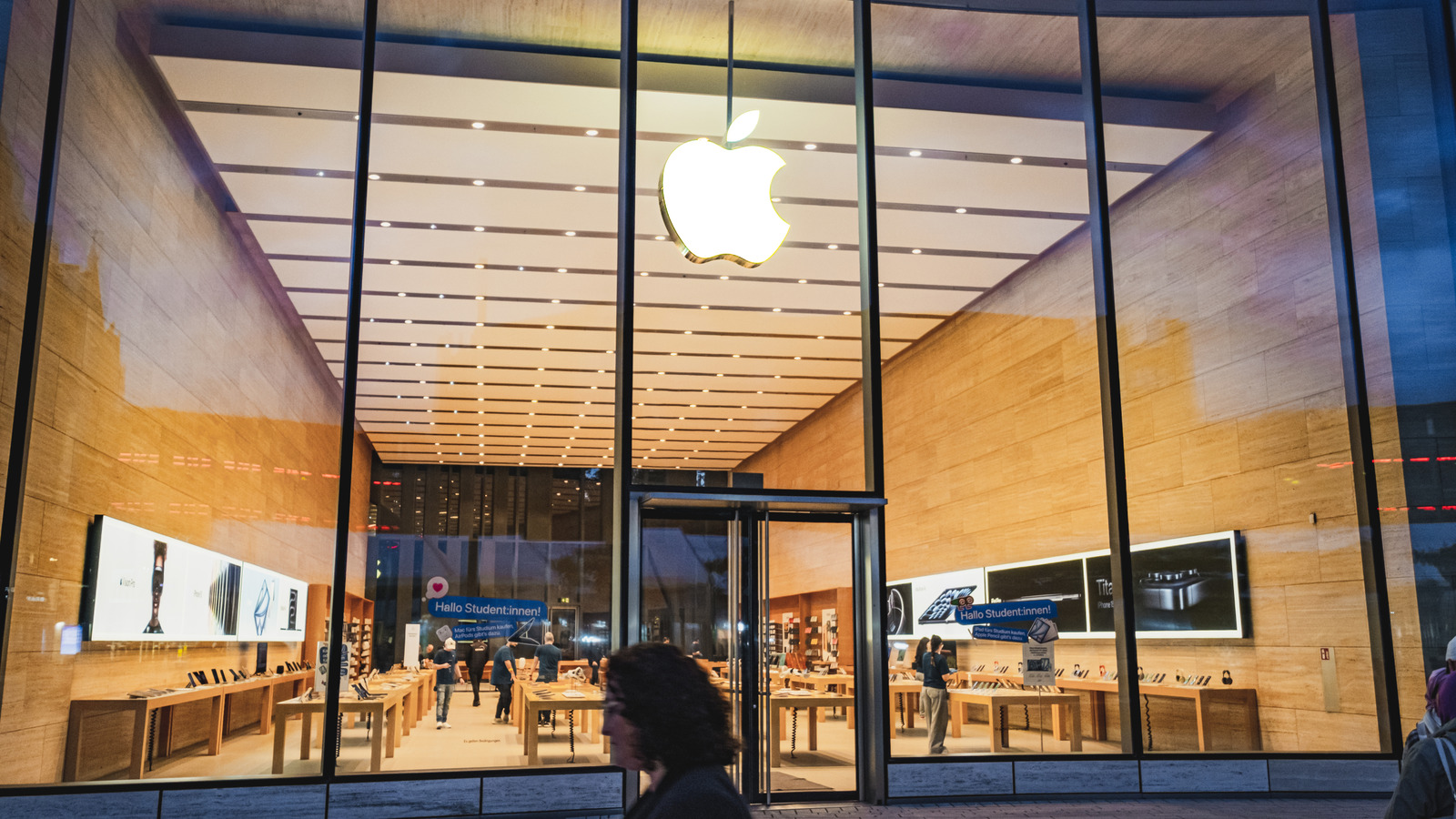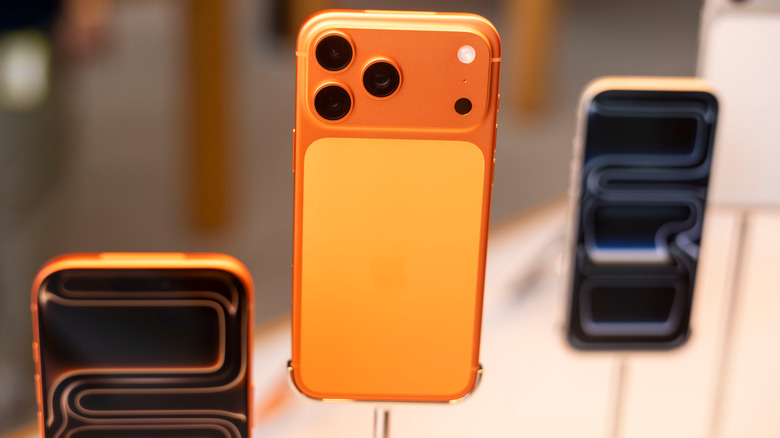Apple is widely expected to launch its first foldable iPhone next year, when it will debut alongside the iPhone 18 Pro and iPhone 18 Pro Max, assuming Apple doesn’t decide to postpone the release due to unforeseen manufacturing challenges. The foldable handset, unofficially referred to as iPhone Fold in reports, will compete directly against the Galaxy Z Fold 8, or Samsung’s eighth-generation Fold-type device. This should put things in perspective. Samsung has been refining the hardware and software experience of its foldable phones for seven years (eight next year). All this time, Apple has been unwilling to release a competitor, though rumors kept claiming that foldable devices were in development at Apple.
The iPhone maker may have been waiting for specific hardware innovations to mature before launching a foldable handset. And considering the increasing number of reports detailing several breakthrough innovations coming with the iPhone Fold, Apple may be about to offer consumers a more polished hardware package that competitors may not have been able to deliver all these years. That polished first-generation iPhone Fold may cost as much as $2,399, according to recent estimates, though previous leaks have also indicated a higher price tag ($2,000 to $2,400) for Apple’s foldable. With about ten months left until Apple’s iPhone 18 launch event, several reports have leaked key details about the iPhone Fold.
The creaseless display and powerful chip
Several reports this year claimed that the iPhone Fold will feature a 5.5-inch cover screen and a 7.8-inch foldable display. While the inner display is about as large as competitors, the smaller external screen suggests Apple will use a different aspect ratio for the handset, making it look more like a regular tablet than Samsung’s Fold designs. The Fold models have an almost rectangular shape when unfolded, which isn’t necessarily a great experience for consuming video content and playing games.
Additionally, iPhone Fold rumors keep saying Apple doesn’t want its foldable screen to crease in the middle, as is the case with competing products. Instead, Apple has been working on more expensive hinge and display technology to eliminate the creasing effect or significantly reduce it. Samsung should manufacture the OLED panel for Apple, even though the Korean giant has yet to fix the crease in its phones.
The new A20 Pro chip is expected to power the iPhone Fold. That’s the successor to the A19 Pro that Apple used for the iPhone 17 Pro models. The next Pro and Pro Max phones are very likely to feature the A20 Pro chip. All iPhone 18 models are expected to feature 12GB of RAM, so it’s also likely the foldable iPhone will have at least 12GB of memory.
Massive battery and selfie camera innovations
The iPhone Fold’s battery has also popped up in recent reports, suggesting Apple won’t follow in Samsung’s footsteps. Apple reportedly plans to give the iPhone Fold a massive battery (5,400 mAh to 5,800 mAh capacity), which dwarfs the 4,400 mAh batteries Samsung has been using for its Galaxy Z Fold handsets in recent years. Other vendors have packed larger battery packs in their foldables, including Honor and Vivo, by using silicon-carbon batteries. It’s unclear whether Apple will switch to silicon batteries for the iPhone Fold.
Finally, there’s one other key iPhone Fold component that appeared in recent reports, drawing significant attention. Apple is rumored to use a 24-megapixel under-display camera for the iPhone Fold, something none of its competitors have achieved in the past seven (soon to be eight) years. Samsung used 4-megapixel under-display cameras in several Fold models, but this year’s Galaxy Z Fold 7 has a hole-punch camera. The foldable iPhone is also expected to feature a hole-punch selfie camera on the cover screen, and a dual-lens camera on the back.













